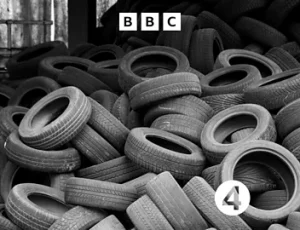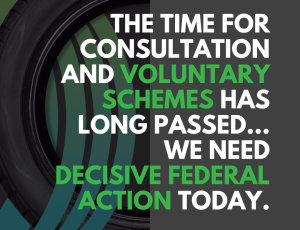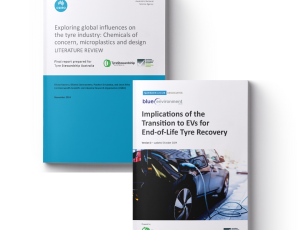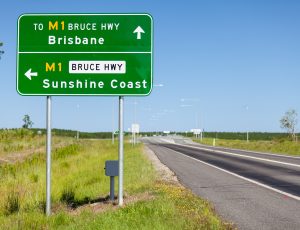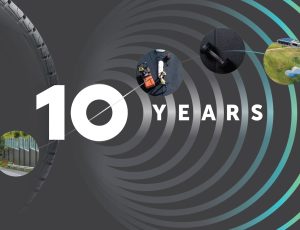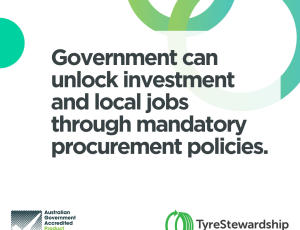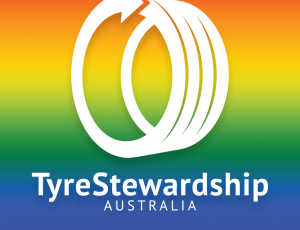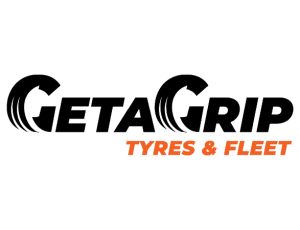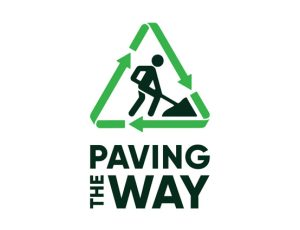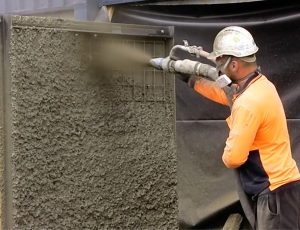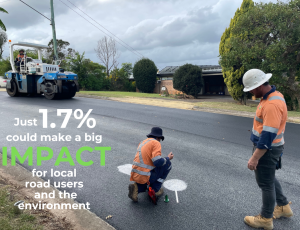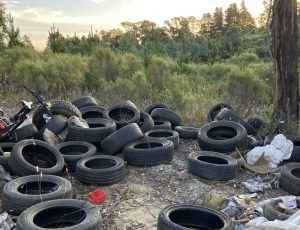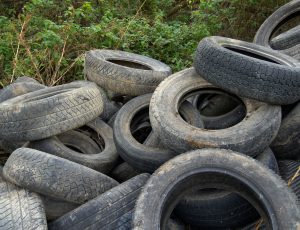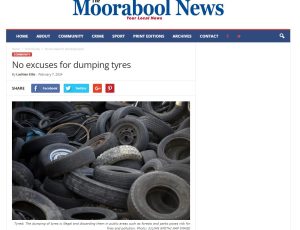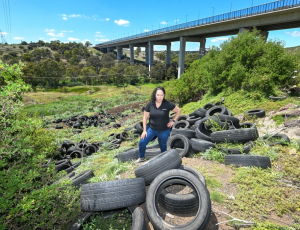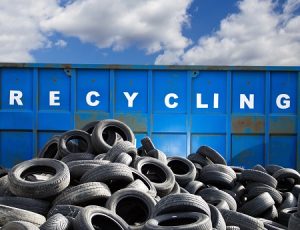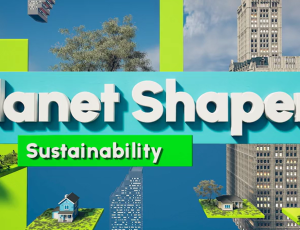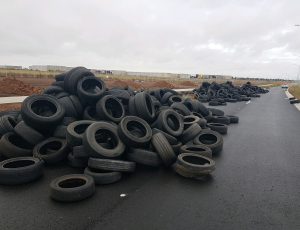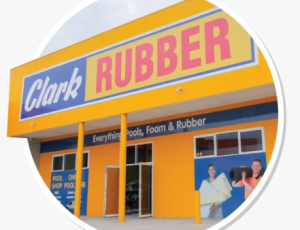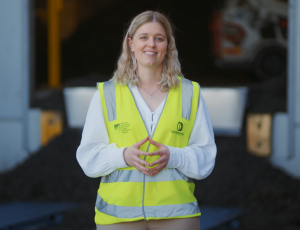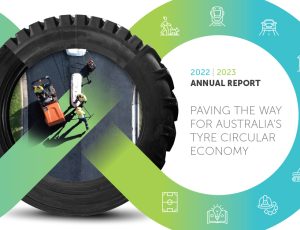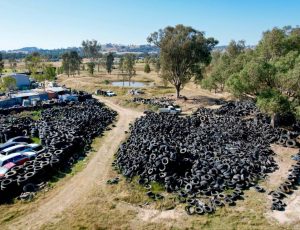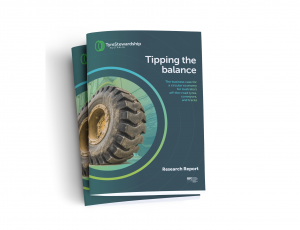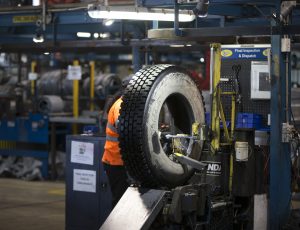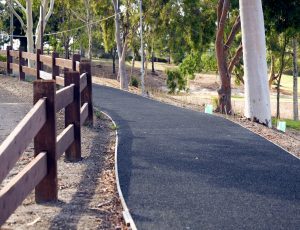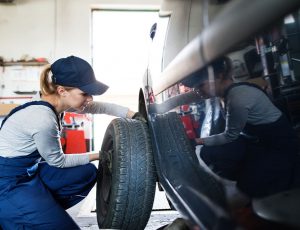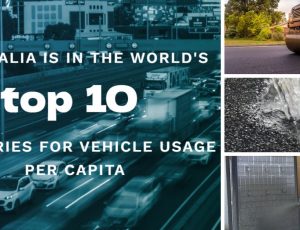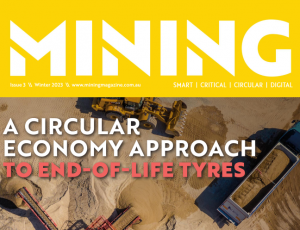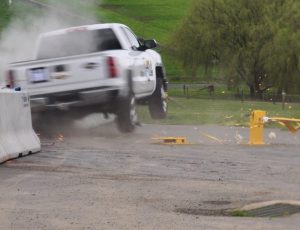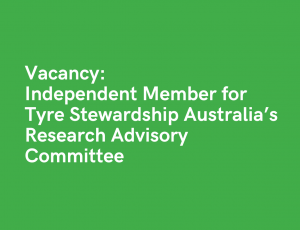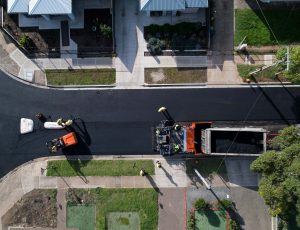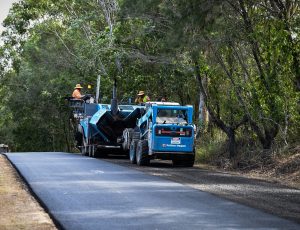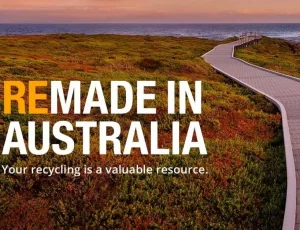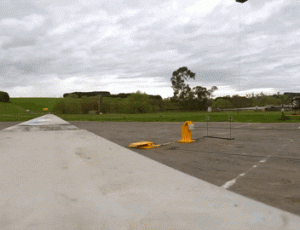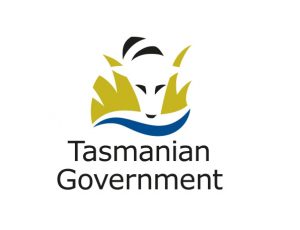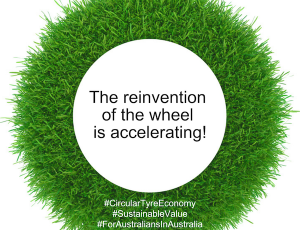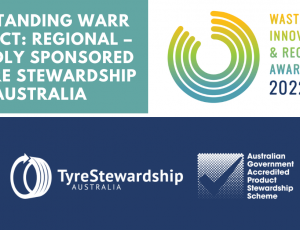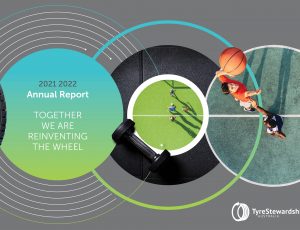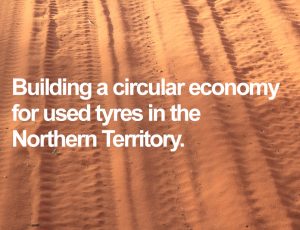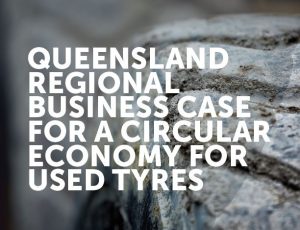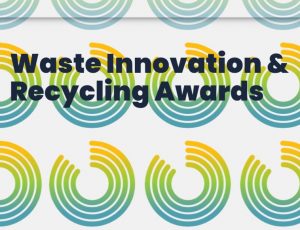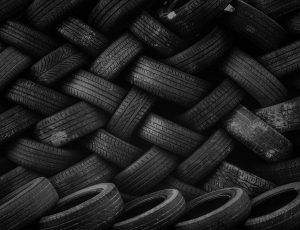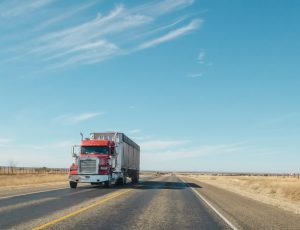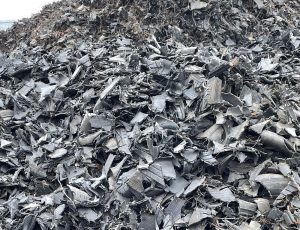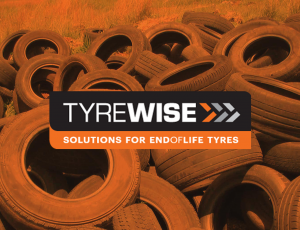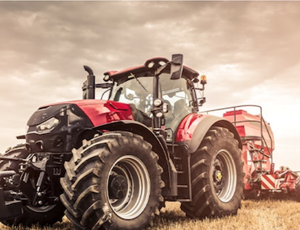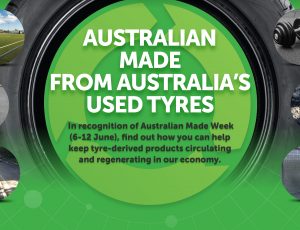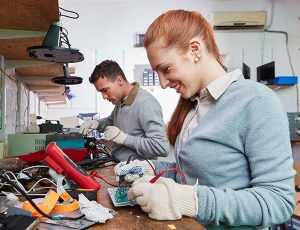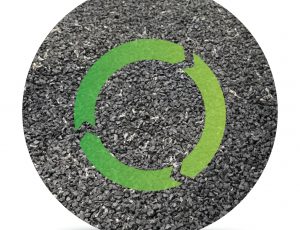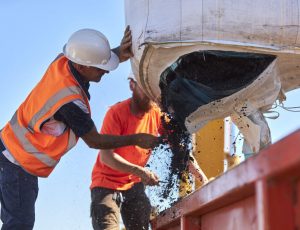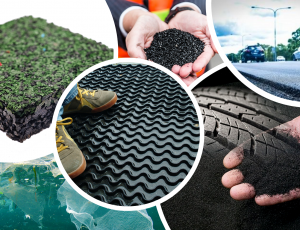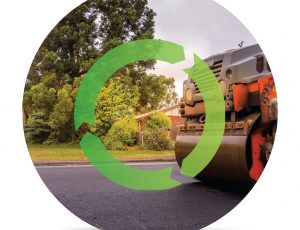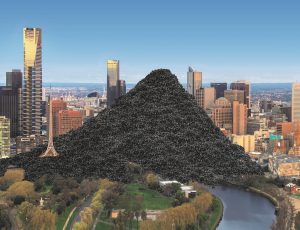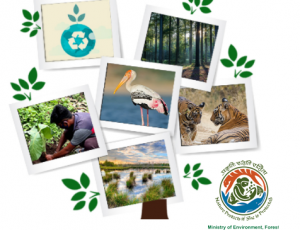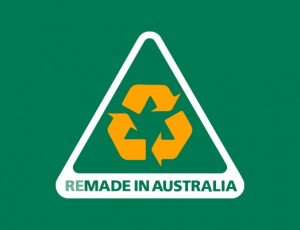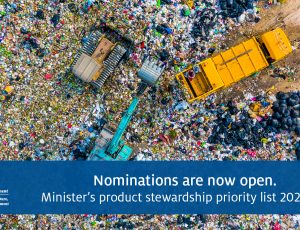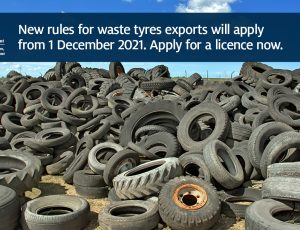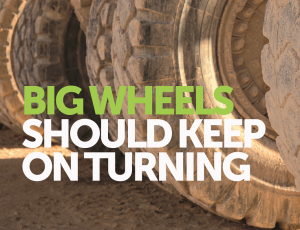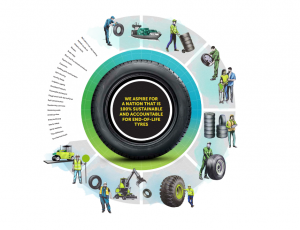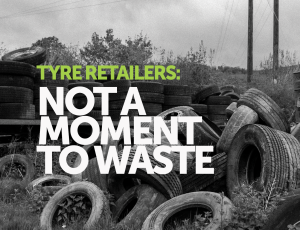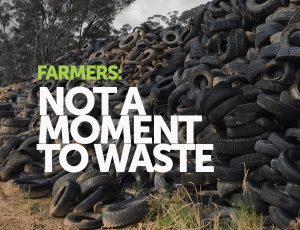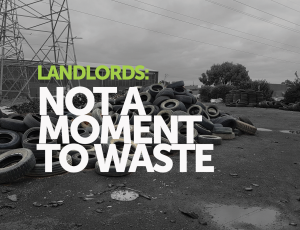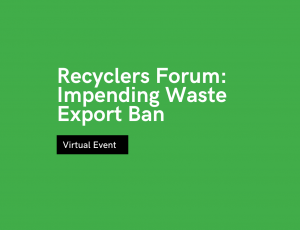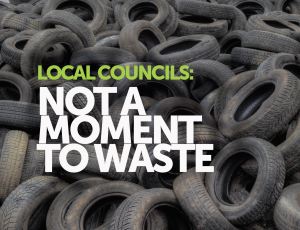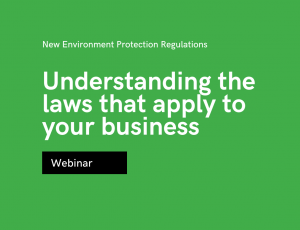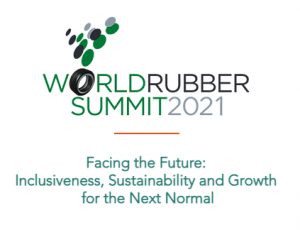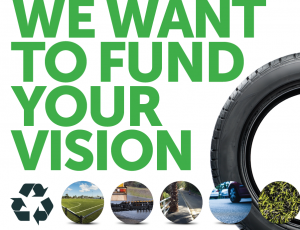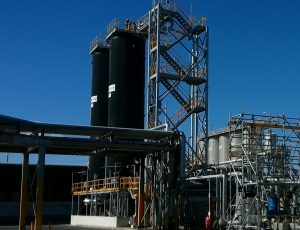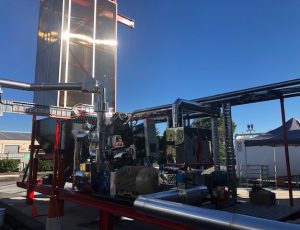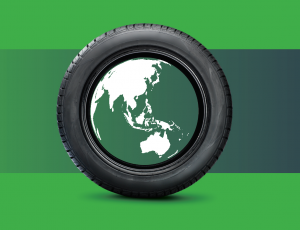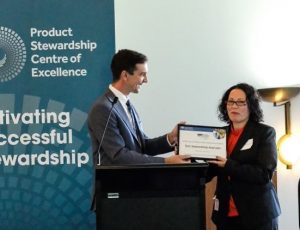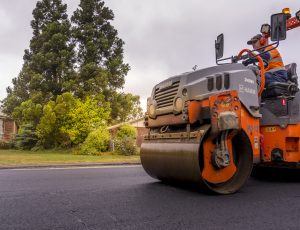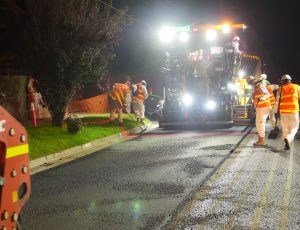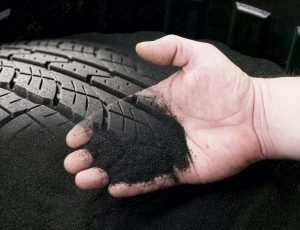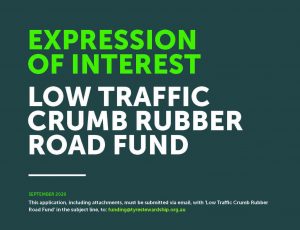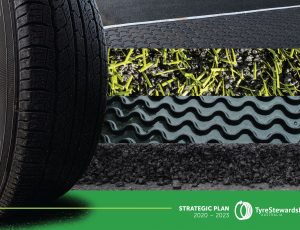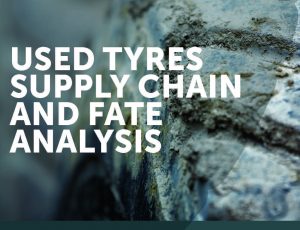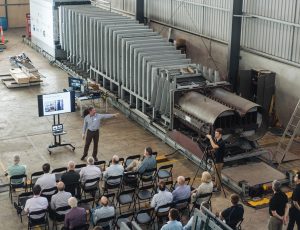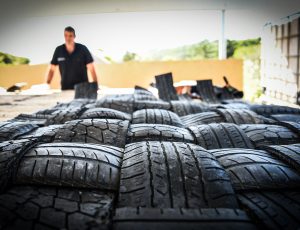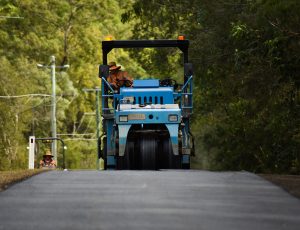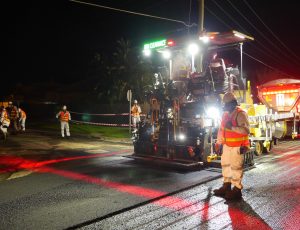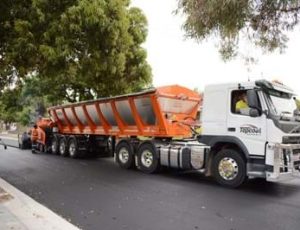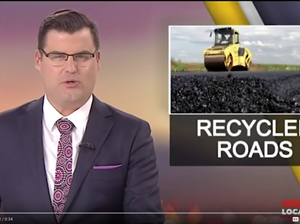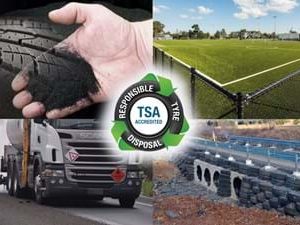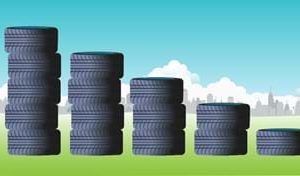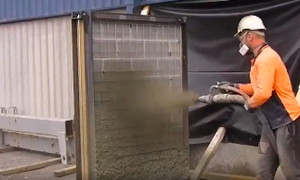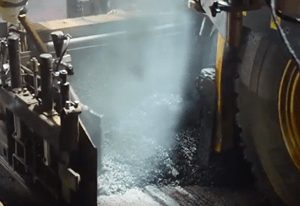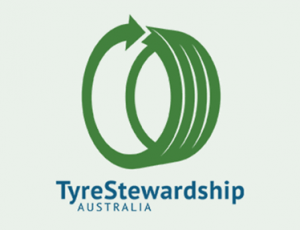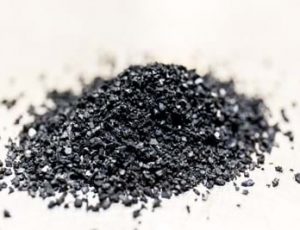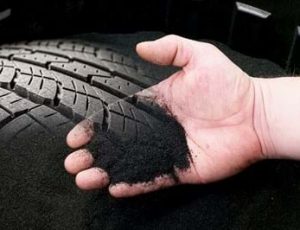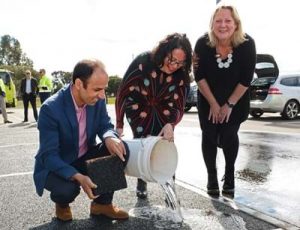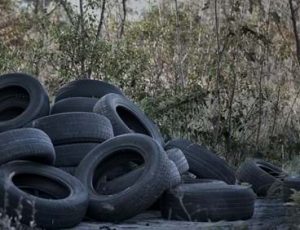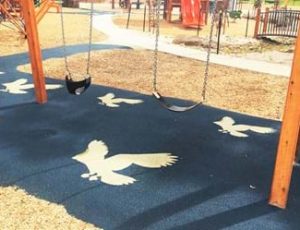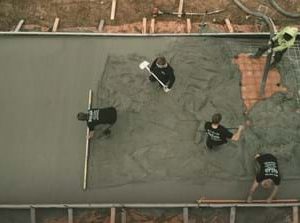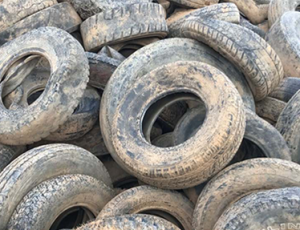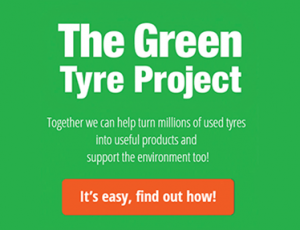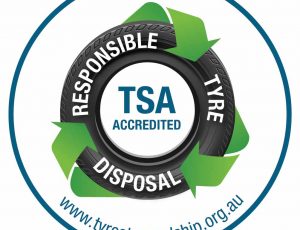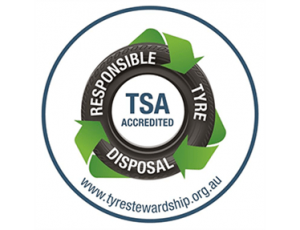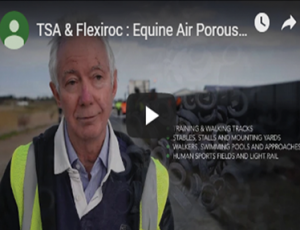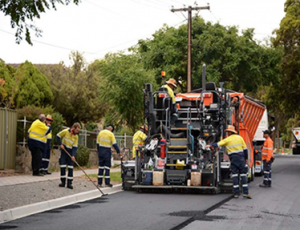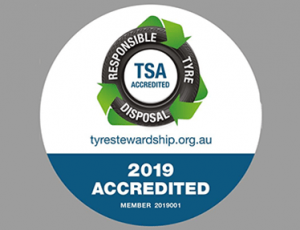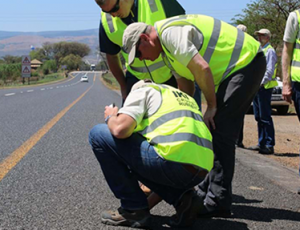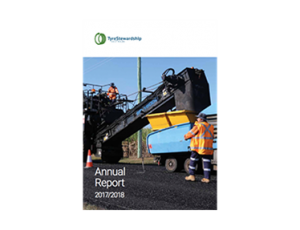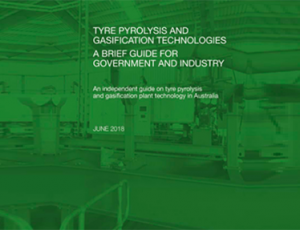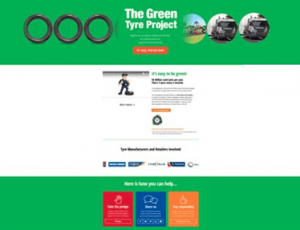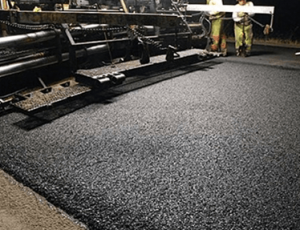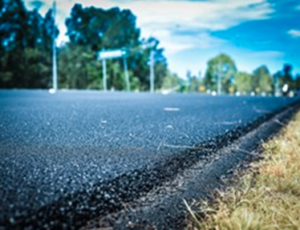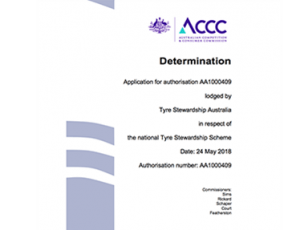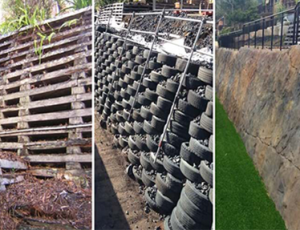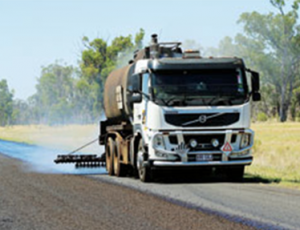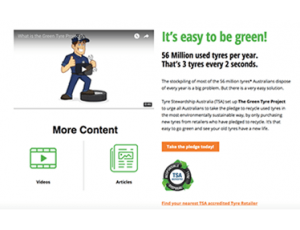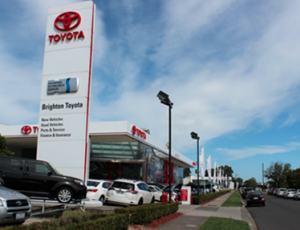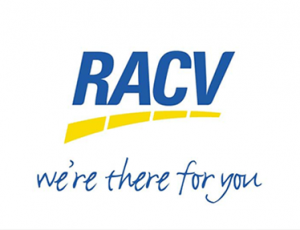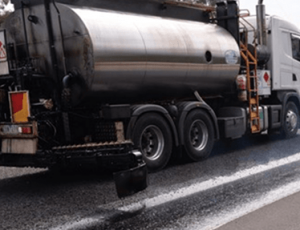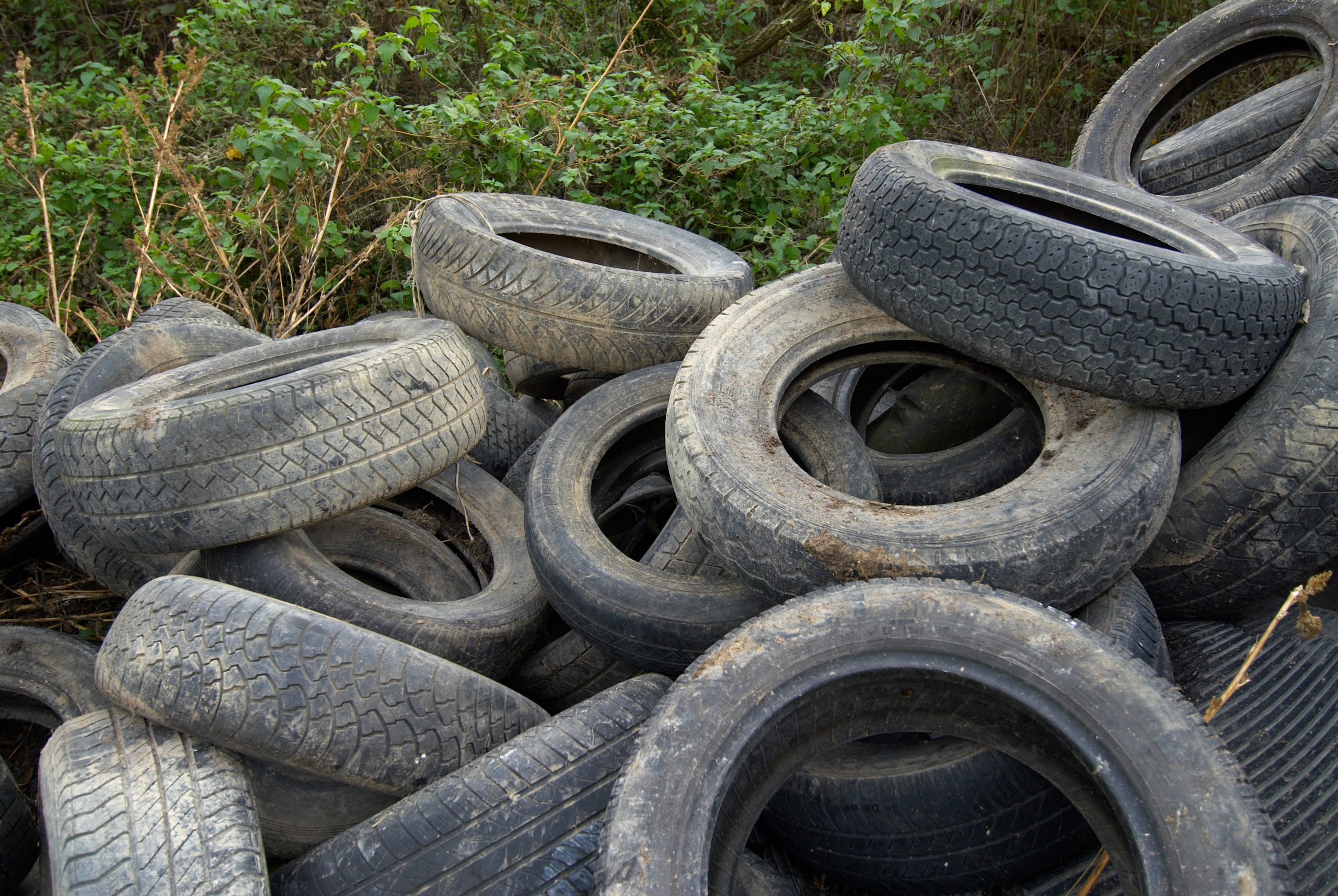Australia is currently recovering 77 per cent of its used car, bus and truck (automotive) tyres. While this achievement is something to be proud of, recovering the remaining 23 per cent is critical to achieving national waste reduction goals, reducing carbon emissions, and preventing environmental hazards in the future. Unfortunately, Australia’s recovery rate of used automotive tyres is going backwards, and what we’re experiencing is a sharp downward trend since the 2019-2020 peak of 90 per cent recovery rates.
Tyre Stewardship Australia (TSA) – the organisation that implemented and manages the national product stewardship scheme for tyres – is eager to find solutions for the remaining 11.3 million tyres that are illegally dumped, stockpiled or sent to landfill every year. That’s more than one tyre for each person in Sydney and Melbourne combined.
“There’s a misguided and, arguably, dangerous belief being perpetuated that we have done enough in the recovery of passenger [car], bus, and truck tyres,” says TSA CEO Lina Goodman.
“This couldn’t be further from the truth. On any given day, there are at least eight reports of tyres dumped on the side of the road, in a creek, or the bush around Australia, with local government and communities bearing the brunt of costs and risks.”
Fortunately, TSA has determined there are a number of opportunities to tackle illegal dumping and increase collection of tyres for recycling and recovery.
1. Engage the community to report illegal dumping
Councils are utilising a mobile application which allows members of the community to directly report issues such as potholes or illegal dumping by taking a photo on their phone.
Managing Director of Snap Send Solve, Danny Gorog, says more than 530 councils are connected to the application, connecting more than 400,000 community members to provide real-time alerts of illegally dumped items like tyres. “Dumped tyres have a tendency to ‘multiply’ if left unattended for too long; and a quick ‘snap’ can be the easiest first step to preventing this environmental issue getting bigger,” says Gorog.
Members of the public can also do their bit for the environment by making sure they seek out a retailer/mechanic that is accredited through TSA when it comes time to change the tyres on their car. This will ensure the tyres are responsibly managed and collected by TSA accredited recyclers and collectors who are working towards finding sustainable outcomes for Australia’s used tyres. Use TSA’s directory to find an accredited tyre retailer near you.
2. Learn from those who have already dealt with the problem
According to TSA, progressive countries that have dealt with the problem of tyre waste have one thing in common: a regulated scheme and supportive policies. Australia’s product stewardship scheme for used tyres uses an ‘opt-in’ structure, where tyre brands and importers can voluntarily contribute financially and/or participate in the scheme. TSA would like to see an ‘all-in’ model which it says would prevent the businesses that are not participating in the scheme from discharging their responsibilities onto local councils and communities.
“The opt-in and opt-out approach of Australia’s current tyre scheme has only been able to go so far, and it’s not far enough,” says Goodman. “We’ve learnt that ‘all-in’ schemes around the world succeed in driving a circular economy for tyres.”
A regulated scheme is on the federal, state and territory governments’ radar, with end-of-life tyres included on the Federal Minister’s Product Stewardship Priority List in October 2022, signalling to industry that if it doesn’t act, the government will. The government also agreed at a recent Environment Ministers’ Meeting to fast track a review of Australia’s tyre stewardship framework.
3. Invest in innovation and domestic infrastructure
Around 70 per cent of all the tyres collected and recovered in Australia are sent overseas to international markets, mainly for use as tyre-derived fuel. Only 30 per cent of recovered tyres are used within domestic markets in Australia.
According to TSA, with adequate investment in domestic facilities we could recover and use almost all our used tyres. This investment, however, would need to be supported by a scheme that works across the supply chain to promote the onshore consumption of recycled materials derived from tyre waste and be aligned with national policy.
Australia already has existing applications for recycled tyres such as road-base, pavement and concrete. Investment in new and emerging technologies to expand end-markets for tyre-derived materials is a focus for TSA, having invested over $9 million to date in research and development, and the commercialisation of new productive uses for used tyres.
4. Tackle tyre waste from mining and agriculture
While Australia recovers around 80 per cent of tyres from cars, buses, and trucks, this does not account for the large number of off-the-road tyres that are discarded every year, mainly by mining and agricultural industries.
According to TSA, off-the-road tyres are recovered at a rate of approximately 10 per cent each year, with the rest assumed to be disposed of on-site (mostly on mining sites), stockpiled, or sent to landfill. Across Australia, TSA estimates around 130,000 tonnes of mining, agriculture and other off-the-road tyres reaching their end-of-life each year.
“An ‘all-in’ scheme would see Australia’s end-of-life mining and agriculture tyres create the opportunity for local economic growth, increased manufacturing, and ultimately more regional jobs,” says Goodman.
To find out more about our national product stewardship scheme for tyres, visit Tyre Stewardship Australia.


